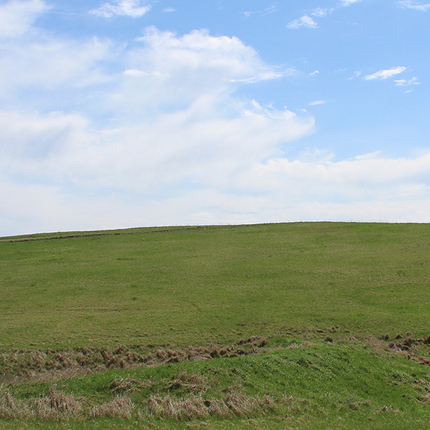By Jordan Rasmussen, former staff member
How does Nebraska’s tax burden balance out?
A recent report from the Center for Rural Affairs explores the tax burden in 13 Nebraska counties. Using data from the Nebraska Department of Revenue, the Center compared income, property, and agricultural property tax trends over a 10-year period. While income tax revenue remained steady, there was a dynamic and growing shift of Nebraska’s tax burden onto agricultural property taxpayers.
Between 2005 and 2014, individual income tax and property tax collections in Nebraska grew along with the economy at an average rate of 5 percent each year. Yet during that same time, property taxes on agricultural land increased more than twice as much, by 11 percent.
Statewide, between 2005 and 2014, property tax accounted for approximately 1.7 times the revenue as individual income tax. Of the counties considered, those with the greatest population aligned with this state average and achieved greater balance between revenues from individual income and property tax. Some rural counties with populations under 10,000 saw a much bigger imbalance, where more than 70 percent of all property taxes were levied on agricultural land.
Despite the over reliance on agricultural land property taxes, there is a push within the Legislature to reduce income taxes at a ratio of 10 to 1 over property taxes. Before any tax cuts are made, senators need to better understand how proposed solutions impact Nebraskans’ tax statements and the schools and communities which revenues stand to support. And provide tax relief only where needed.




